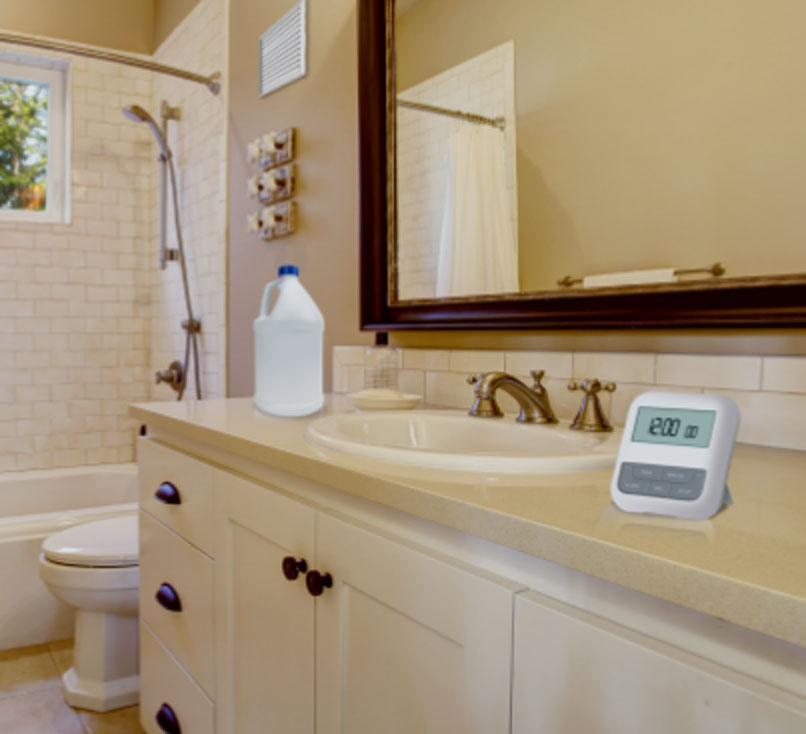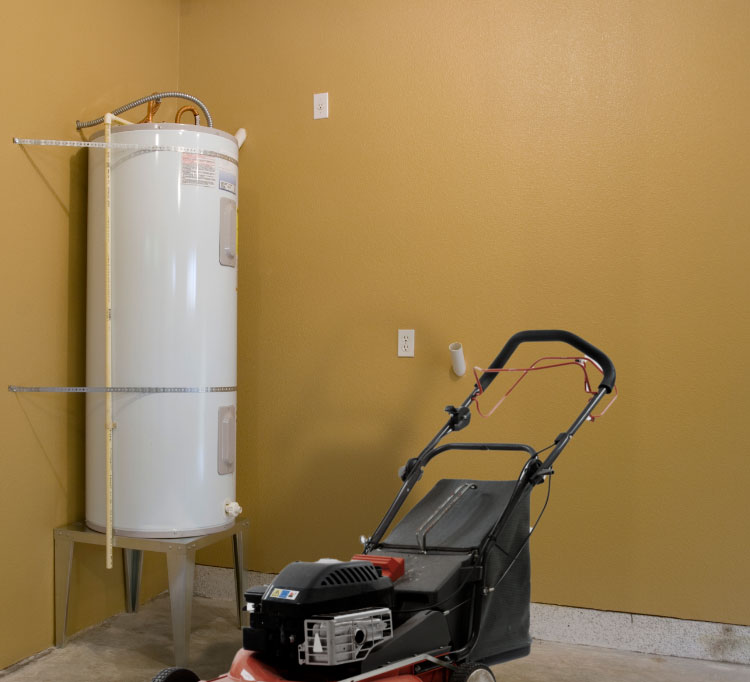ARIKAYCE can cause serious side effects, including:
- allergic inflammation of the lungs. These respiratory problems may be symptoms of allergic inflammation of the lungs and often come with fever, wheezing, coughing, shortness of breath, and fast breathing
- coughing up of blood (hemoptysis). Coughing up blood is a serious and common side effect of ARIKAYCE
- severe breathing problems. Severe breathing problems can be symptoms of bronchospasm. Bronchospasm is a serious and common side effect of ARIKAYCE. Bronchospasm symptoms include shortness of breath, difficult or labored breathing, wheezing, and coughing or chest tightness
- worsening of chronic obstructive pulmonary disease (COPD). This is a serious and common side effect of ARIKAYCE
- serious allergic reactions. Serious allergic reactions that may lead to death have happened to people who take ARIKAYCE. Stop taking ARIKAYCE right away and get emergency medical help if you have any of the following symptoms of a serious allergic reaction: hives, itching, redness or blushing of the skin (flushing), swollen lips, tongue or throat, trouble breathing or wheezing, shortness of breath, noisy high-pitched breathing (stridor), cough, nausea, vomiting, diarrhea, feel cramps in your stomach area, fast heart rate, feeling light headed, feeling faint, loss of control of the bowels or bladder (incontinence), and dizziness
While using ARIKAYCE, these side effects may become serious enough that treatment in a hospital is needed. Call your healthcare provider or get medical help right away if you have any of these serious side effects while taking ARIKAYCE. Your healthcare provider may ask you to stop using ARIKAYCE for a short period of time or completely stop using ARIKAYCE.
Do not use ARIKAYCE if you are allergic to any aminoglycoside, or any of the ingredients in ARIKAYCE.
Before using ARIKAYCE, tell your healthcare provider about all medical conditions, including if you:
- have asthma, COPD, shortness of breath, or wheezing (bronchospasm)
- have been told you have poor lung function
- have hearing problems, such as ringing in your ears or hearing loss
- have dizziness or a sense of the room spinning
- have kidney problems
- have neuromuscular disease, such as myasthenia gravis
- are pregnant or plan to become pregnant. It is not known if ARIKAYCE can harm your unborn baby. ARIKAYCE is in a class of medicines that may be connected with complete deafness in babies at birth. The deafness affects both ears and cannot be changed
- are breastfeeding or plan to breastfeed. It is not known if the medicine in ARIKAYCE passes into your breast milk and if it can harm your baby. Talk to your healthcare provider about the best way to feed your baby during treatment with ARIKAYCE
Tell your healthcare provider about all the medicines you take, including prescription medicines and over-the-counter medicines, vitamins, and herbal supplements.
ARIKAYCE may cause serious side effects, including:
- hearing loss or ringing in the ears (ototoxicity). Ototoxicity is a serious and common side effect of ARIKAYCE. Tell your healthcare provider right away if you have hearing loss or you hear noises in your ears, such as ringing or hissing. Tell your healthcare provider if you start having problems with balance or dizziness (vertigo)
- worsening kidney problems (nephrotoxicity). ARIKAYCE is in a class of medicines which may cause worsening kidney problems. Your healthcare provider may do a blood test to check how well your kidneys are working during your treatment with ARIKAYCE
- worsening muscle weakness (neuromuscular blockade). ARIKAYCE is in a class of medicines which can cause muscle weakness to get worse in people who already have problems with muscle weakness (myasthenia gravis)
The most common side effects of ARIKAYCE include: changes in voice and hoarseness (dysphonia), cough during or after a dose of ARIKAYCE, especially in the first month after starting treatment, muscle pain, sore throat, tiredness (fatigue), diarrhea, nausea, headache, fever, decreased weight, vomiting, rash, increased sputum, or chest discomfort.
These are not all of the possible side effects of ARIKAYCE. Call your doctor or pharmacist for medical advice about side effects. You may report side effects to FDA at 1-800-FDA-1088 or www.fda.gov/medwatch.
What is ARIKAYCE?
ARIKAYCE is used in combination with multidrug therapy for adults who still test positive for MAC lung disease after at least 6 months on multidrug treatment alone.
ARIKAYCE was approved by FDA using the Limited Population pathway. This means FDA has approved this drug for a limited and specific patient population, and studies on the drug may have only answered focused questions about its safety and effectiveness.
ARIKAYCE was studied in adult patients. It is not known if ARIKAYCE is safe and effective in children younger than 18 years of age.












